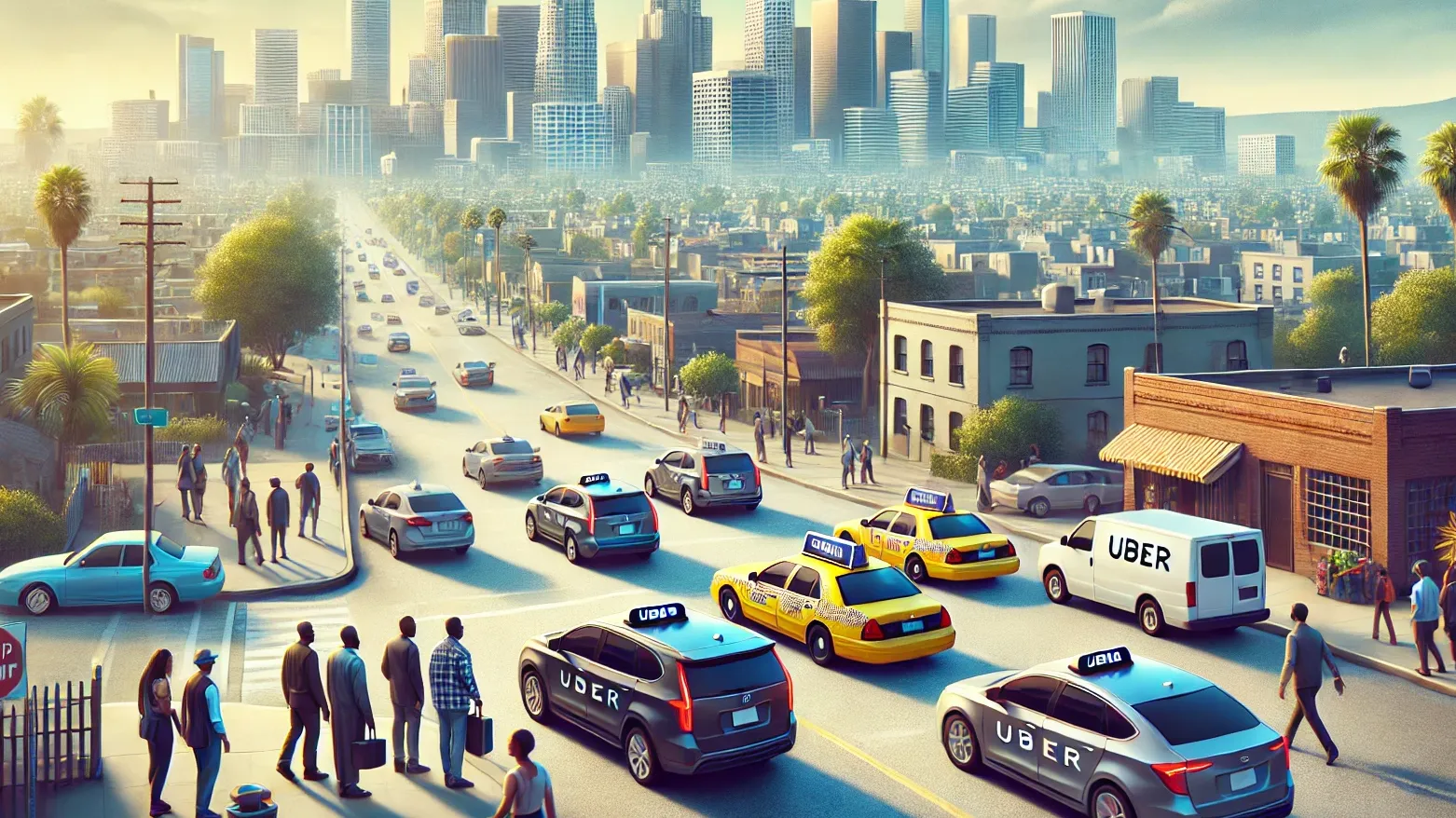Uber and Its Impact on the Community
Jan 30, 2025
What is going on with these Uber prices? On Friday morning, my granddaughter was on her way to work, planning to order an Uber to get to her job, which is less than 10 minutes away. She needed to be there by 7:00 o’clock and around 6:00 o'clock checked prices, which were six dollars and change. Okay, cool. Planning to leave at 6:30 AM, she goes to order the Uber at 6:15 AM, and the price was up to $26.00. What?!! Stunned she exclaims, “How can the price change that drastically in the span of 15 minutes? It costs that much to go downtown!! I’m not even going out of the neighborhood.”
Interestingly, Uber’s mission statement starts with, “We reimagine the way the world moves for the better.”
So, I’ll leave it up to you to determine if they really meet their mission and provide a real service to their customers or just rip them off when their customers need them the most. Here’s some background on Uber’s rationale for the price changes or what they call surge pricing, when does it happen and why?
Understanding Uber's Surge Pricing and Its Impact
Uber uses dynamic pricing, often called surge pricing, which means that ride fares fluctuate based on demand and supply in real time. Prices can change drastically within minutes depending on:
- Increased Demand: More riders requesting trips than there are available drivers.
- Driver Availability: If fewer drivers are on the road, prices rise to incentivize more drivers to accept rides.
- Time of Day: Rush hours, late-night trips, and early morning commutes often see higher prices.
- Weather & Events: Bad weather, holidays, and major events can trigger price spikes.0
While Uber argues that surge pricing helps balance supply and demand, many users feel it's exploitative, especially when they have no other transportation options.
Uber’s Beginnings & Business Model
Uber was founded in 2009 by Travis Kalanick and Garrett Camp to create an alternative to taxis by offering on-demand rides via a mobile app. The business model relies on independent gig workers (drivers) rather than employees, which keeps costs low for Uber but often leaves drivers without benefits or job security.
Despite challenges—including lawsuits, driver protests, and regulatory battles—Uber remains a dominant player in the ride-hailing industry, expanding into food delivery (Uber Eats) and freight services.
Impact on the Black Community
Pros:
✅ Increased Transportation Access: Uber serves areas where taxis often refuse to go, benefiting Black and underserved communities.
✅ Job Opportunities: Uber provides flexible income opportunities, which can help those who need extra work.
✅ Business & Economic Growth: Ridesharing supports Black-owned businesses by making transportation easier for customers and employees.
Cons:
❌ Price Discrimination: Studies have shown that riders in predominantly Black neighborhoods often face higher fares and longer wait times.
❌ Driver Exploitation: Many Black drivers rely on Uber for income but struggle with low wages after expenses like gas, maintenance, and Uber’s commission.
❌ Safety Concerns: Some Black riders and drivers report concerns about unfair deactivations, biased rider ratings, and lack of protection from discriminatory behavior.
Final Thought: Help or Harm?
Uber offers convenience, but at a price—sometimes an unfair one. While it creates jobs and fills transportation gaps, the lack of consistent pricing, job protections, and fairness in service raises concerns about whether it truly benefits Black communities. Reforms in pricing transparency, driver pay, and anti-discrimination policies are needed to make Uber a better service for all.
Stay connected with news and updates!
Join our mailing list to receive the latest news and updates from our team.
Don't worry, your information will not be shared.
We hate SPAM. We will never sell your information, for any reason.

